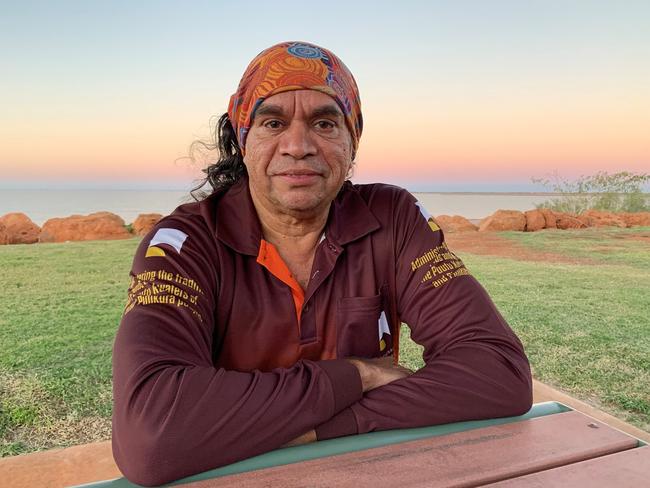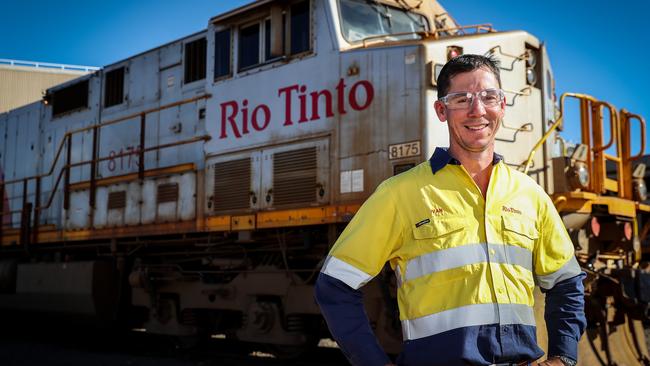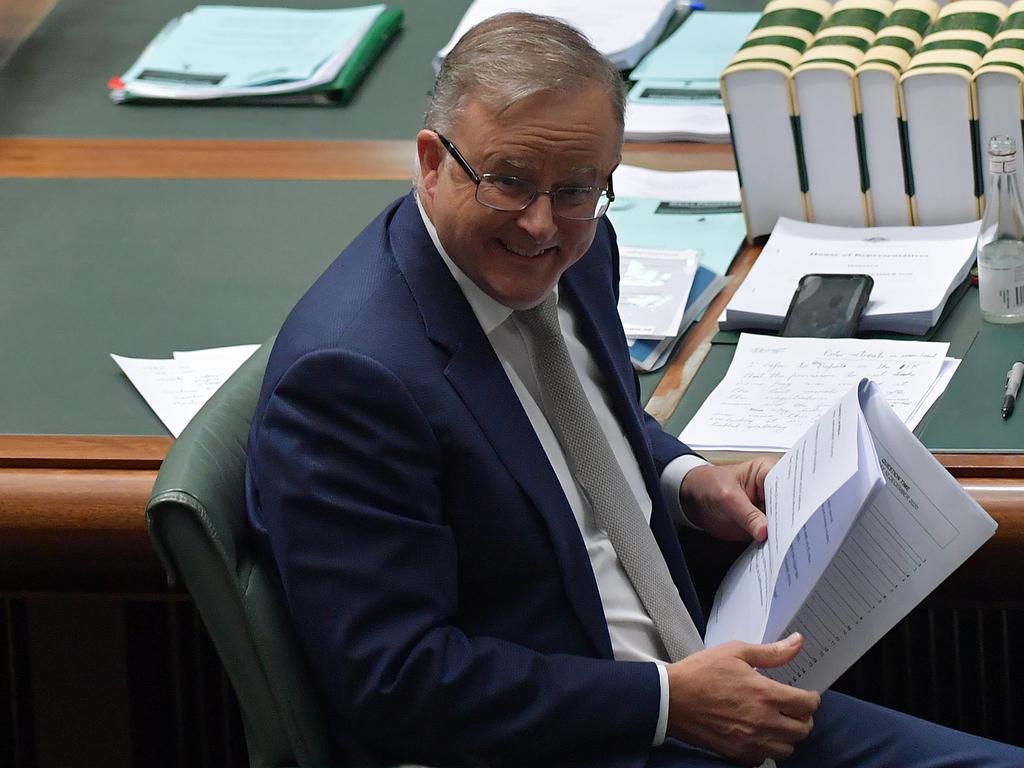Juukan Gorge rock shelters owners and Rio Tinto take first steps to resolution
Rio Tinto and the Puutu Kunti Kurrama and Pinikura people of WA’s Pilbara region have made the first sign of progress over the destroyed Juukan Gorge rock shelters.

Mining giant Rio Tinto and the traditional owners of the destroyed Juukan Gorge rock shelters have taken the first cautious steps to repair their relationship as they prepare to start negotiations over a major compensation package.
Rio Tinto and the Puutu Kunti Kurrama and Pinikura people of Western Australia’s Pilbara region on Wednesday formally released a joint statement in the first tangible sign of progress between the parties.
The destruction of the rock shelters — where evidence of human occupation dating back 46,000 years had been salvaged — triggered a global firestorm of controversy, prompted the sacking of Rio Tinto chief executive JS Jacques and two of his most senior executives, and drove an overhaul of WA heritage laws that gave the miner legal permission to blow up the sites.
While formal negotiations over financial compensation have not yet begun, industry sources expect Rio Tinto could make a payment of about $100m as part of a broader suite of commitments to the PKKP people.

The iron ore Rio Tinto planned to access at Juukan Gorge had a net present value to Rio Tinto of $135m when the company chose to extend its Brockman 4 mine into the area and a market value of almost $1bn when the caves were detonated.
No ore has been shipped from the site since the incident.
Jamie Lowe, the chief executive of the National Native Title Tribunal, has previously suggested that the compensation “should go far beyond” the $135m price tag Rio Tinto put on the site.
The release of the joint statement comes just weeks after a federal parliamentary inquiry into the incident released its interim report, and days before new Rio Tinto chief executive Jakob Stausholm begins his role.
The statement followed a joint session of the PKKP and Rio Tinto boards, with the two groups committing to prepare a heads of agreement to outline how they will work together.
“While there has been some important progress made in the relationship so far, we are not underestimating the time it will take to genuinely work together and achieve the mutual objectives of this partnership,” the groups said.
Remedial works at the rock shelters have begun in the hope of restoring them where possible.
The parliamentary inquiry report noted that the first of the two rock shelters appeared to have survived the blast, while the larger of the two had been totally destroyed.
There was still hope that the floor of the cave, where artefacts such as stones, animal bone fragments and ash had been recovered during salvage excavations before the blast, had survived.
The Juukan Gorge incident is expected to have a major impact on the way that the giant iron ore mines of the Pilbara are expanded and developed in the future, with Indigenous groups set to have a far greater influence over heritage sites under new legislation proposed by the WA government.
That legislation is likely to come into effect shortly after the state election in March.
The major iron ore miners, including Rio Tinto, BHP and Fortescue Metals Group, have been among the most prolific applicants for so-called section 18 approvals that give the legal authority to destroy heritage sites.

PKKP elder Burchell Hayes indicated in the statement that reconciliation between the two groups would be a long process.
“While we have made some initial positive steps in rebuilding our relationship, there is so much more we need to do in order to shape a shared future for our next generations of PKKP people working with Rio Tinto,” he said.
The first recommendation from the federal parliamentary inquiry’s interim report was for Rio Tinto to negotiate a restitution package with the PKKP, although inquiry chair Warren Entsch has since said that the recommendation was aimed at physical remediation of the site rather than financial compensation.
Rio Tinto’s acting chief executive of iron ore, Ivan Vella, has been working closely with the Pilbara indigenous groups in the months since the incident.
“We know we have a lot of work to do in order to rebuild trust and confidence in our business,” he said.
“I look forward to continuing the work with PKKP traditional owners to rechart our partnership and build a shared future.”
The scale of any financial compensation payable to the PKKP is yet to be determined.








To join the conversation, please log in. Don't have an account? Register
Join the conversation, you are commenting as Logout